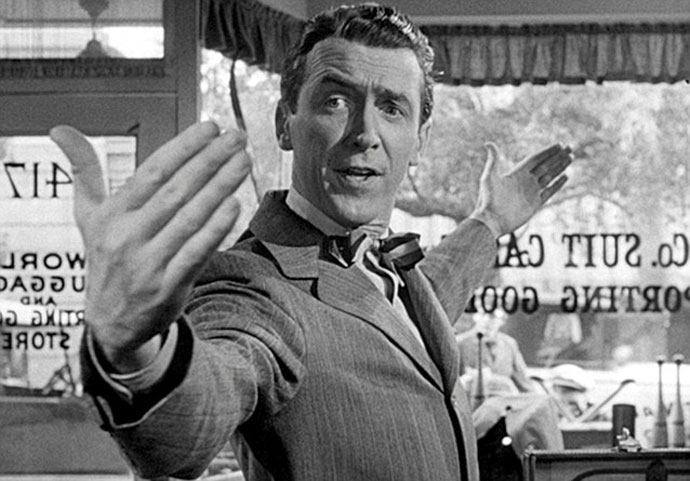How Big Should I Make My Trades?
Let’s be frank – when it comes to trading stocks, the bigger the better:
Big Returns = Big Money
Big Portfolio = Big Positions
Big Positions = Big Profits
Bigger Positions = Bigger Cash Returns On Small Percentage Gains = Less Need For Significant Winning Trades
So why don’t we all just trade as big as we can?
Because the exact opposite is true when you lose and the true reality of the above statements really becomes:
Big Returns = More Difficult
Big Portfolio = Increased Anxiety
Big Positions = Big Losses
Bigger Positions = Bigger Cash Losses On Big Percentage Losses = More Need For Significant Winning Trades
Then what do we do!?!
Are you scalping with big positions,settling for pennies on the dollar and finding some satisfaction with it?
Then you have too much fear in your trading… and you’re trading too big.
Are you checking your positions every gosh-darn second of the day. Getting emotional on small blips throughout the day while trading?
Then you are trading too big.
Becoming moody at night with the wife, husband, friends, or kids? Checking futures obsessively at night?
Then you are trading too big.
Got a spreadsheet that says “If I make $X,XXX per month, per trade or per week, I will be worth $X,XXX,XXX,XXX,XXX in two years”?
Then you have unrealistic expectations and you are trading too big.
What should I do?
Sound Extreme? It isn’t –a lot of people reading this post will relate to the grand majority of the questions asked (but hopefully none who will relate to all of them). But take some time after the market has closed or during the weekend and ask yourself, with your average position sizes, what kind of angst and stress it is causing you.
If you are watching the profit and loss on your active trades more than the actual price movement of the stock itself, you need to take a step back and figure out how much you need to reduce the position size of your trades.
But I won’t make as much money…
But you won’t lose as much either, and the goal is not how rich you can get off of the market (the fool’s draw to trading), but how you can equalize your emotions toward the capital that you trade in such a way that the trading you undertake is as close as possible to emotionless (since we are humans, getting rid of the emotions altogether is impossible, despite what others might claim).
Because you are trading with reduced position sizes, you’ll likely see your returns go up, because you’re not making as many mistakes and bad decisions in your trading, since you are able to trade with less stress, fear and anxiety.
Going forward…
Ask yourself, “How much do I need to reduce the size of my trades before I feel comfortable, and nearly stress-free with my trading?” Then that is what you need to trade with. If you reduce your position sizes and still feel the anxiety that came with trading before, then reduce it again… and again… and again until you find that desired state.
At the end, if you take this advice, you’ll be glad you did. For most, doing so won’t be an acceptable course to take because excuses will block them from doing the right thing. And if there is a reason why you can’t trade at a reduced stress level, and MUST trade position sizes you aren’t at all comfortable with, then there is probably a very good reason why you shouldn’t be trading at all.
Ryan Mallory is the founder of SharePlanner, Inc. Be Sure to Checkout More of Ryan’s Swing-Trading Strategies at SharePlanner.com








































